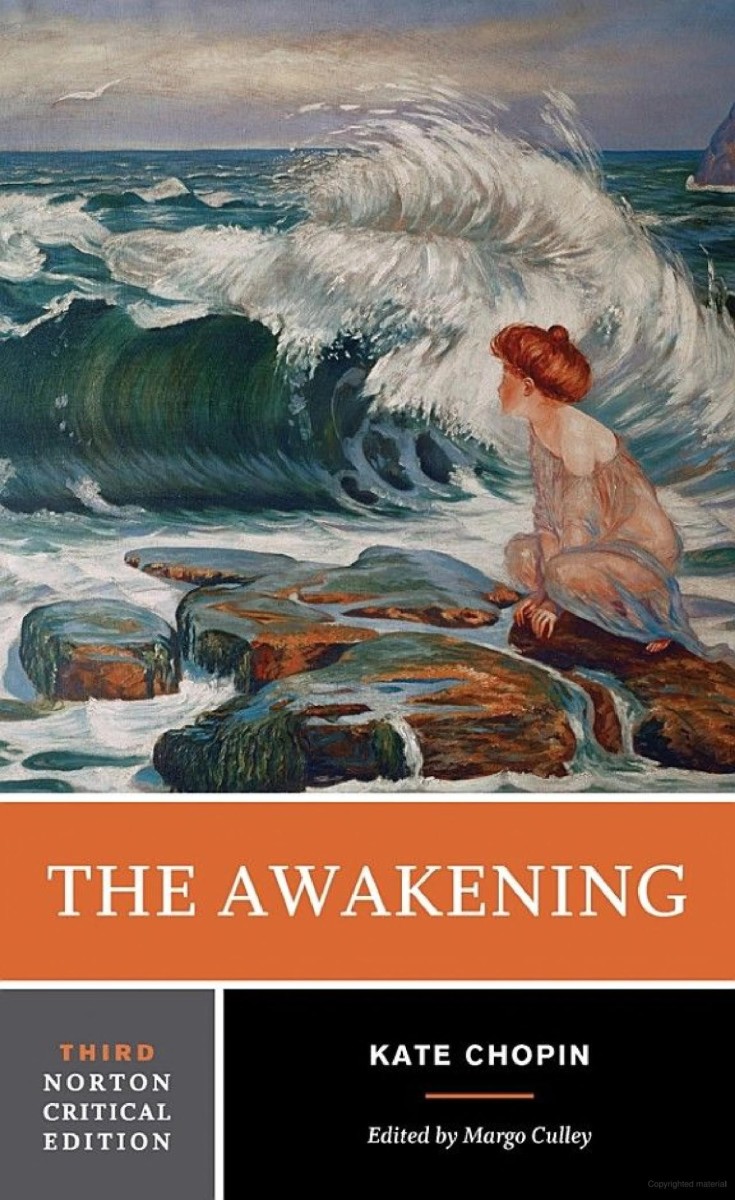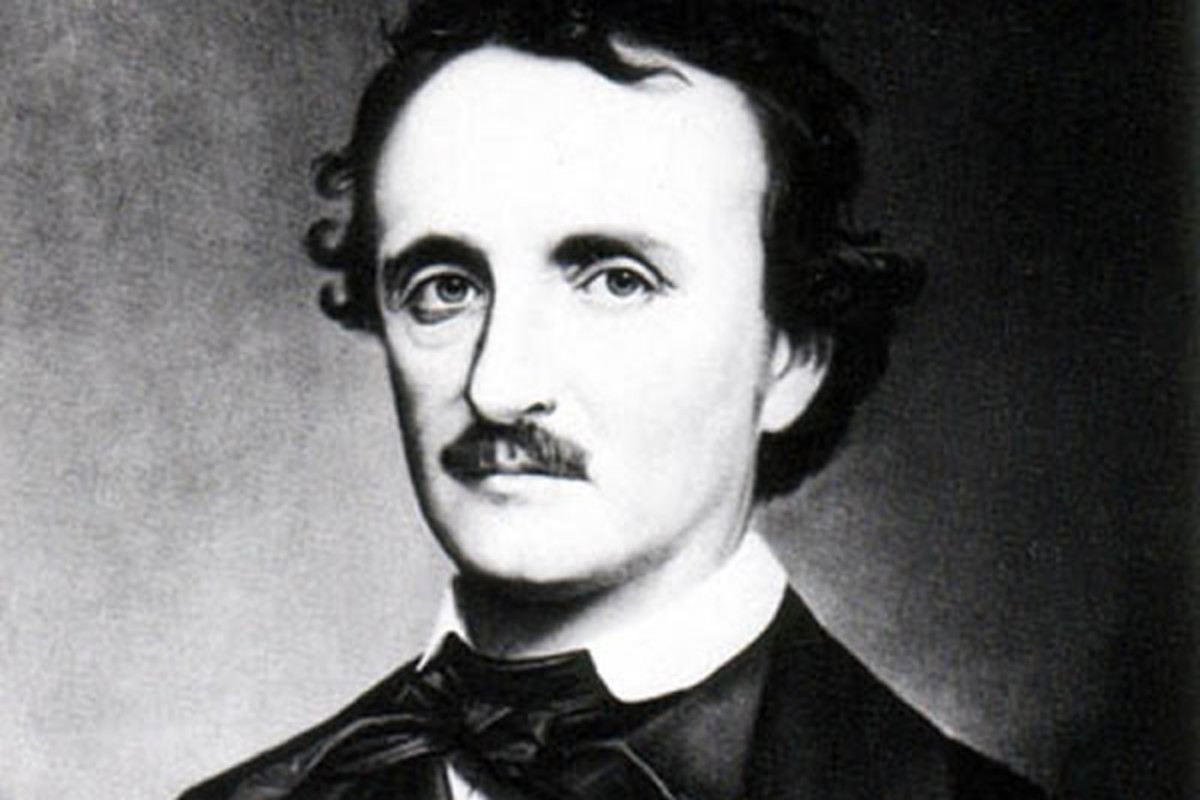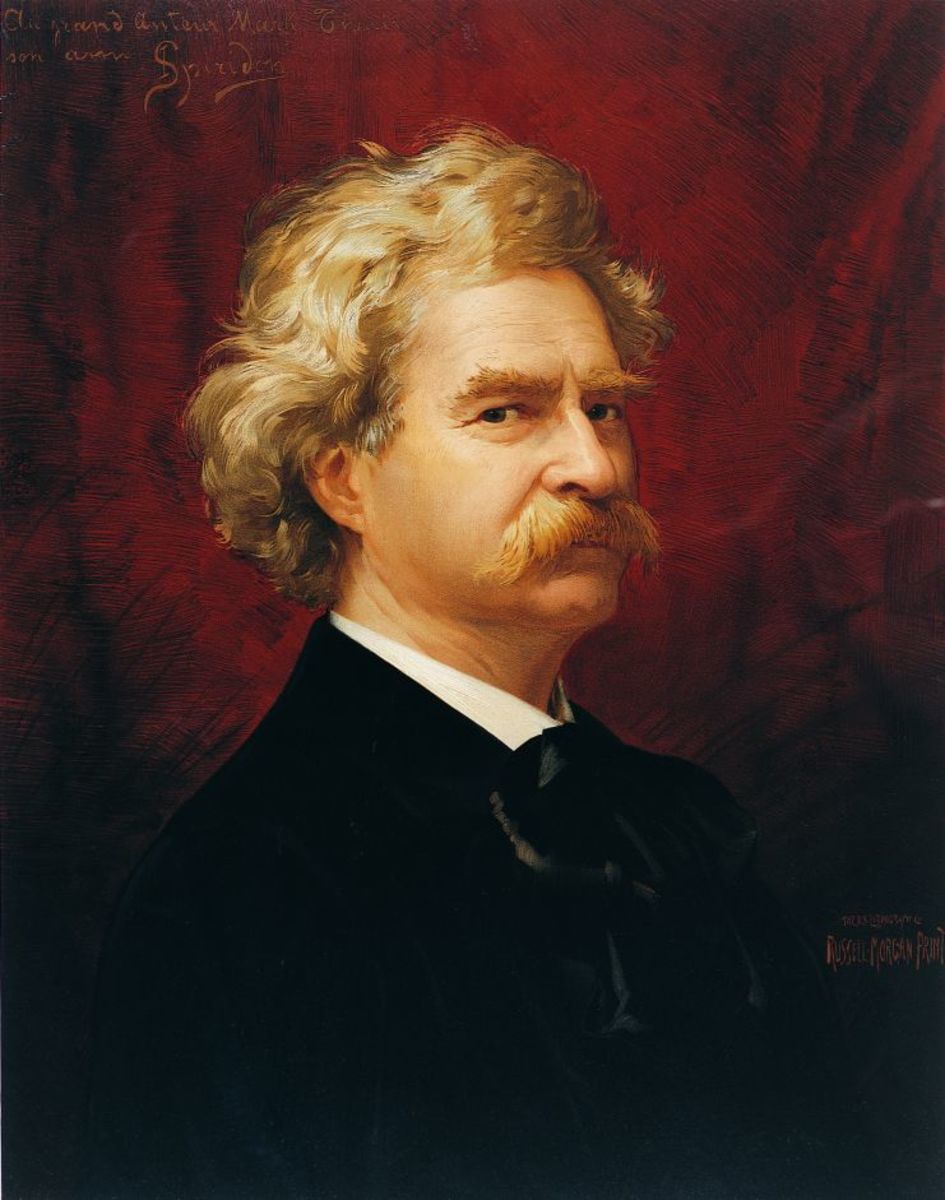Feminism in late nineteenth century literature: A brief discussion

Gilman and Perkins
Feminism has been around a long time. Long before Gloria Steinem, long before the woman’s suffrage movements. In Western culture, women has long expressed a desire to be seen as equal—perhaps even superior—to men. Even though women are generally viewed as equals to men, in many industries, being a woman means less pay and less respect. It often means snide comments and sexual harassment. It often means that women must work twice as hard as men in order to succeed. This has been no different in the world of literature.
Some could argue that Louisa May Alcott and Emily Dickinson wrote with strong feminist leanings, though, they were mostly quiet about their political leanings during their lifetimes. IN a field, literature, largely dominated by men and often times misogynistic, these strong women stand out as forces for equality and change in a world that treated them like second class citizens. This inequality was not without cause. Freed former male slaves earned the right to vote (1870) a full five decades before American women of any color (1920).
For the purposes of this brief exploration into feminism in American literature, I would like to examine the works of two women living and writing in the late nineteenth centuries who explored feminism in their works in vastly different ways. This is not a political statement. This is not about right versus left nor democrat versus republican, or even man versus woman. It’s about the perceived roles of men and women and how women in particular view these roles.
Kate Chopin and Charlotte Perkins Gilman both wrote with a feminist viewpoint. In the late 1800’s, women were struggling for equality. Then as now, they made much less money than men, did not have the right to vote, and found it difficult to acquire divorces from their husbands. It was truly a man’s world, which is what made the writings of Gilman and Chopin writing so controversial.
Texts and videos detailing these stories appear in each section.
The Storm

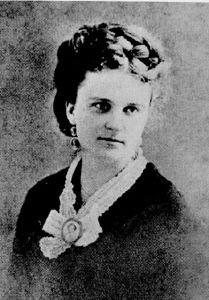
Read the full text of "The Storm" here:
Chopin
As an example, Chopin’s novel, The Awakening, was denounced by critics because it portrayed a woman coming of age sexually. This was not a time when women were expected to glorify their sexuality, yet, this novel celebrated it. Even more so, in Desiree’s Baby, we see Desiree forced to leave her husband after her husband discovers (erroneously) that she is of Negro descent. She leaves him and her child. The fact that Desiree was forced to leave shows how few rights women had. The husband wanted the woman gone and she was, leaving behind her beloved child. The grounds for divorce, in the case of this story, were that Desiree’s husband believed her to be of Negroid decent. In The Storm, another Chopin piece, we see Alcee have an affair with Calixsta and go home to his wife, Clarisse, who seems either ambivalent or ignorant of her husband’s infidelities. These stories portray the women as helpless victims of a society that is against them. It does not empower them nor explicitly ask for or demand empowerment.
Perkins
The Yellow Wallpaper

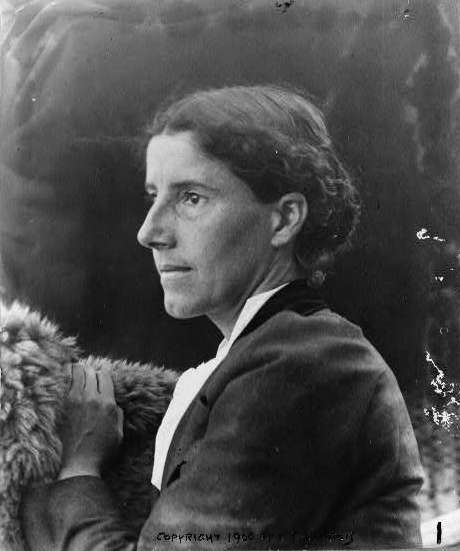
Read the Yellow Wallpaper here
In Gilman’s The Yellow Wallpaper, we again find a woman living in distress while living in a luxurious summer home. She is ill and largely confined to a room with “hideous” wallpaper; away from her friends and her child (she is also trapped by motherhood, as will be revealed later). She gives in to her husband John’s treatment (“John laughs at me, of course, but one expects that in marriage”) and doesn’t seem to fight too much for her rights as the story (told as a series of journal entries) opens.
While John is concerned for her, he also serves as her physician, giving him a great deal of power in how to treat her condition. He has the power to forbid her from going out, to see visitors, to write (“I don’t know why I should write this…And John would think it absurd”) and to even see her child, Jane.
As the story unfolds, we see the narrator become obsessed with the wallpaper to the point of hallucination. The narrator eventually sees a woman trapped behind the wallpaper and takes it upon herself to free the woman. Before long, the woman behind the wallpaper becomes the narrator and the struggle to free the woman becomes a struggle to free herself. When she finally peels away the wallpaper, and her husband discovers what she’s done, she cries: “I’ve got out at last! In spite of you and Jane! And I’ve pulled off most of the paper so you can’t put me back!”
The story is in many ways autobiographical. Perkins Gilman was herself a mother, she battled with mental illness and felt trapped by both roles. By the end of The Yellow Wallpaper, she is no longer trapped, nor able to be trapped. Her husband faints, shocked by what he sees. The last line of the story puts her in a position of dominance, rather than of subservience: “Now why should that man have fainted? But he did, and right across my path by the wall, so I have to creep over him every time.” [emphasis mine.]
Conclusion
These stories display the plight of women trying to live in a male dominated society. The fact that each author approaches these issues in a different way is quite interesting and may say a lot about the women themselves (though students of literature are taught to refrain from assuming the author and the characters are one in the same). The stories begin with women in subservient roles. By the end, we recognize their plight and position—even if the characters do not.




